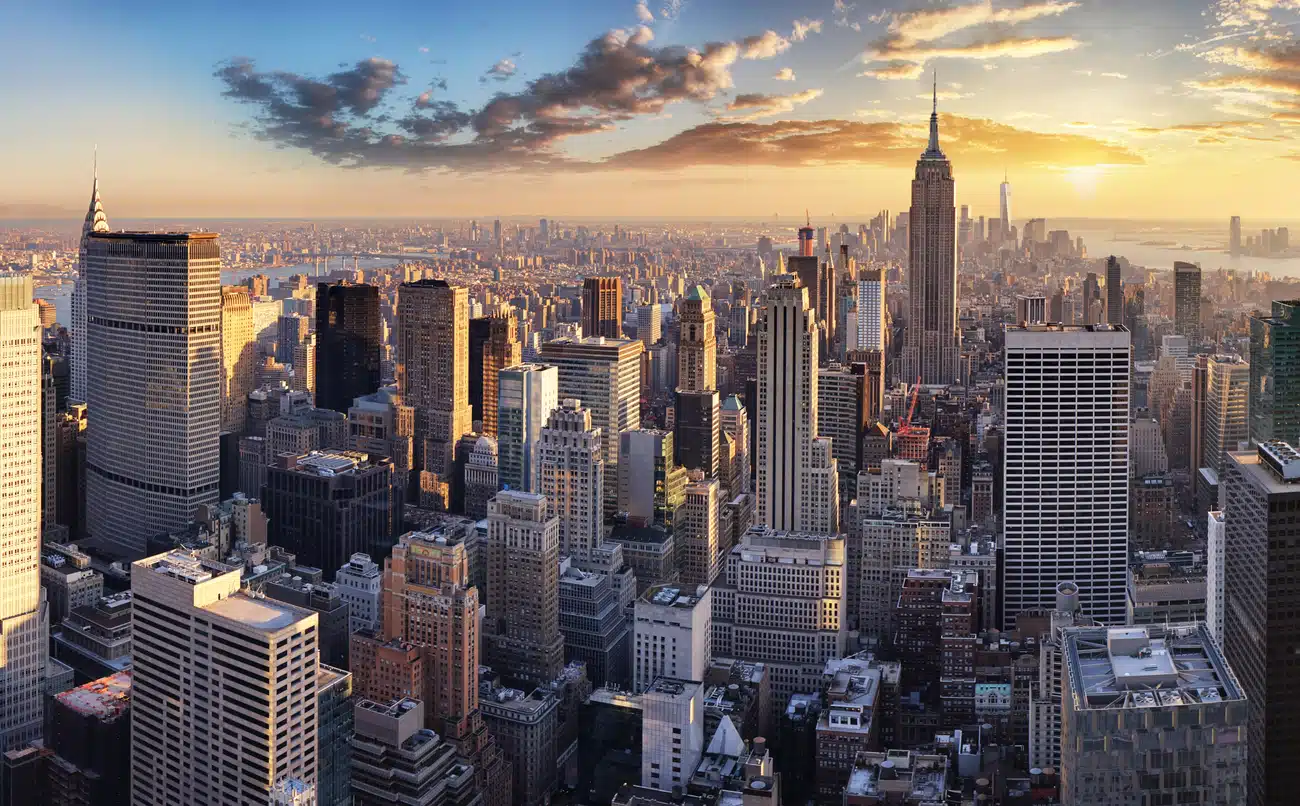Living in Manhattan means stepping into one of the most iconic and complex places in the world. It’s where careers take off, art scenes thrive, and every neighborhood has its own rhythm. For many, moving to Manhattan is both an exciting goal and a big leap.
But it’s not simple. Is Manhattan a good place to live in? It can be a great place to live in, but it also comes with challenges. The cost of living in Manhattan is 131% higher than the national average. Rental prices move fast and every square foot matters. Choosing the right neighborhood can shape your entire experience.
Here, before you call your moving services, you’ll find a clear, honest picture of what life in Manhattan really looks like.
Ready to get started on your Manhattan move? Get a fast, free quote today from a Colonial. |
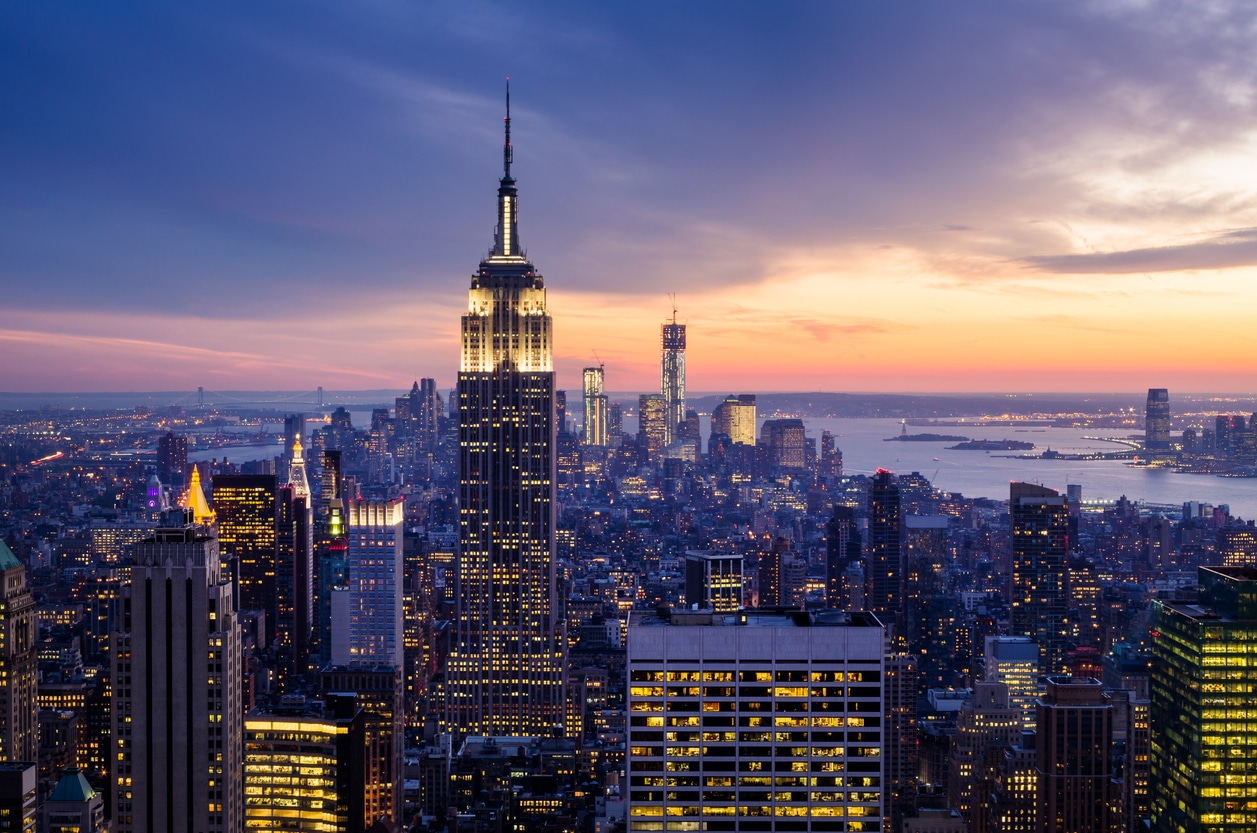
8 Things to Know About Living in Manhattan Before Moving to Manhattan
There’s no single version of life in Manhattan. The life you live depends on your budget, your neighborhood, and your goals. But whether you’re moving to Manhattan for a job, a relationship, or just a change of scenery, there are a few realities worth understanding before you start packing.
1. The cost of living in Manhattan is higher than almost anywhere else
What salary do you need to live comfortably in Manhattan? According to the MIT Living Wage Calculator, a single adult with no children in the New York–Newark–Jersey City metro area needs to make at least $60,040 per year to cover basic expenses.
But let’s be honest. If you want to live comfortably — spending wisely and still having room for savings and fun — you’ll need more.
SmartAsset’s analysis applies the 50/30/20 rule: 50% of your income goes to essentials. 30% to wants. 20% to savings or debt.
So, with that in mind, to live this way in Manhattan, a single person would need to earn about just under $140,000 annually. That figure can rise substantially if you're supporting a family.
Compared to other U.S. cities, the cost of living in Manhattan is extreme. Someone making $100,000 in Chicago would need to earn about $190,000 to maintain the same lifestyle in Manhattan. The national average doesn’t come close to covering the cost of living in New York.
Living in Brooklyn vs. Manhattan is also a major cost factor. Manhattan rent and food prices tend to be higher, although Brooklyn’s newer developments and popularity have narrowed that gap in recent years.
When considering moving to New York, here’s a quick look at the average cost of living in each borough:
Manhattan: Highest overall, expect to pay top dollar for rent, groceries, and dining
Brooklyn: Still expensive, but slightly more affordable than Manhattan
Queens: More budget-friendly, a mix of urban and suburban
The Bronx: One of the lowest average costs in NYC
Staten Island: Affordable rent and more space, but fewer rental options and longer commutes
How much should someone save up before moving to Manhattan? Ideally, you should have at least three to six months of living expenses saved before making the move. That includes rent, utilities, food, transit, and emergency costs. A common benchmark is $15,000–$25,000, depending on your planned lifestyle and job security.
The cost of living in Manhattan continues to rise due to a combination of demand, limited space, and high operating costs. Rent prices dropped during the early pandemic years but have since rebounded sharply. Taxes also play a role. New York State and NYC both impose income taxes, with top earners facing combined rates over 10%. Sales tax is 8.875%.
Pro Tip: Planning a move? Utilize our moving checklist so you don’t miss anything. |
2. Getting around Manhattan is easier without a car
Most residents in Manhattan don’t own a car. The borough is built for walking, biking, and public transportation. Between the Metropolitan Transit Authority’s (MTA) subway and bus systems, along with bike shares and taxis, it’s easy to live without a vehicle.
Subways and buses are the backbone of daily travel. A single subway or local bus ride costs $2.90, and a 30-day unlimited MetroCard runs $132. Trains run 24/7, though service can vary by line and time of day.
Taxis and rideshares are everywhere. A typical yellow cab fare within Manhattan ranges from $10–$25, depending on traffic and distance. Uber and Lyft may be cheaper or more expensive depending on time and demand. Tipping is expected. Bike share programs like Citi Bike are popular. A single ride costs $4.79 or $19/month for unlimited 45-minute rides.
Parking is where things get really expensive. Monthly parking in Manhattan averages $600–$800, with prices easily topping $1,000 in central neighborhoods. Street parking is limited and often restricted. If you plan to bring a car, factor in garage costs and alternate-side parking rules, or you risk being ticketed.
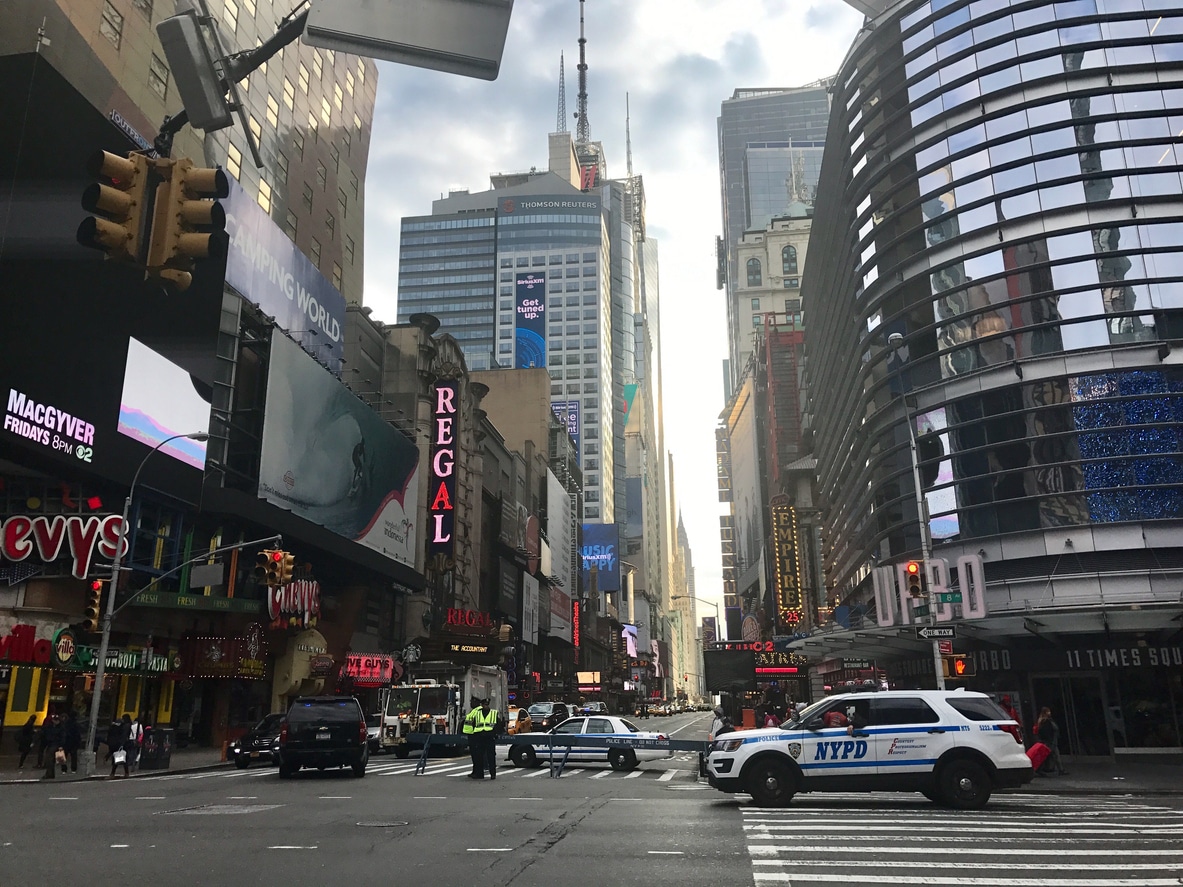
3. Crime and safety vary widely by neighborhood
Manhattan’s crime rate, like any city, depends heavily on where you live. Some neighborhoods see a higher incidence of theft, assault, or property damage, while others are quieter and safer.
Like any major city, Manhattan’s safety picture is nuanced. The overall crime rate is the lowest it’s been in about a decade, and far lower than its peak in the late 1980s and early 1990s. Beyond that, some neighborhoods stand out for their low crime rates.
The three safest neighborhoods in Manhattan are:
Upper East Side: Clean, quiet, and heavily residential.
Upper West Side: Family-friendly and walkable.
Battery Park City: A master-planned community near the Financial District with minimal crime of any kind.
Conversely, a few neighborhoods consistently report higher crime rates. The three neighborhoods with the most reported crime include:
East Harlem: Higher rates of violent crime and property theft.
Central Harlem: Crime is still elevated compared to borough averages.
Lower East Side: Popular nightlife and a dense population lead to more incidents, especially late at night.
If you’re moving to Manhattan, look at more than just reputation or word of mouth. Safety in Manhattan often varies block by block, and local knowledge goes a long way. Compared to other boroughs, a large portion of Manhattan's crime is concentrated in specific areas.
4. Renting an apartment in Manhattan takes strategy and speed
The rental market in Manhattan is expensive and moves fast. The average rent is $5,539/month, and competition is high. What you get for all that money depends on where you’re looking. In NoHo and TriBeCa, rents hover around $6,400–$6,500. Sutton Place tops the list at nearly $8,800.
More affordable options exist. Washington Heights averages $2,741, Inwood sits at $2,815, and Harlem comes in around $3,315. Even areas like East Harlem and Roosevelt Island fall below the borough average.
Before you tour, have your financials ready: income proof, credit check, and references. Decide if you're looking for a no-fee unit or are willing to pay a broker fee. Walk-ups are cheaper, but elevator buildings offer more comfort. If Manhattan feels too tight, living in Brooklyn vs. Manhattan can save you $1,000 or more per month without giving up city life.
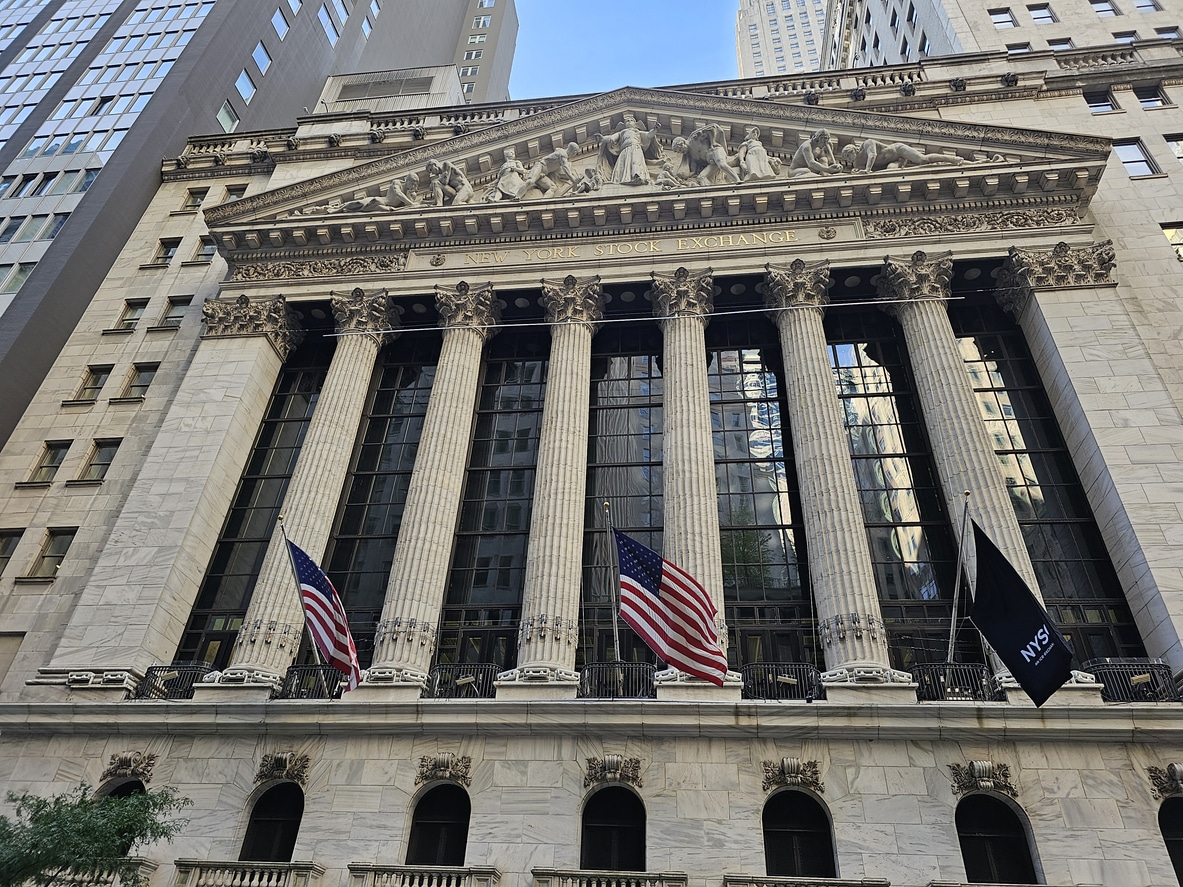
5. The Manhattan job market is high-paying, competitive, and diverse
Manhattan is the beating financial heart of the city and many industries drive the economy in the Big Apple. Finance, media, tech, healthcare, and education all have deep roots here, creating a job market that’s both wide-reaching and competitive. Average weekly wages top $1,500. As of mid-2025, unemployment in Manhattan is around 4.0%.
Still, landing a job isn’t easy. Many roles are snapped up through local networks, and top industries expect strong credentials. If you're moving to Manhattan, it’s best to have a job lined up first.
6. There are places to live in Manhattan for anyone
Manhattan is full of vibrant neighborhoods, each with its own character. Here are three of the best Manhattan neighborhoods to consider.
Best for families: Financial District
The Financial District feels different once the workday ends. What used to be all business is now one of the most family-friendly Manhattan neighborhoods. Many office buildings have turned into residential spaces with larger layouts, kids' playrooms, and building amenities. The streets are calm on evenings and weekends, which adds to the appeal.
Best for young adults: Greenwich Village
Greenwich Village is legendary NYC. It's packed with cafés, bars, music venues, and art galleries. The sidewalks feel alive at all hours. For young professionals and creatives, it’s a place where things happen. The East Village offers a similar vibe with a little more grit and edge.
Most affordable: Washington Heights
Washington Heights offers space, parks, and a real sense of community. It's one of the most affordable places to live in Manhattan. Nearby Inwood has a similar feel and gives renters more room for their money. Fort Tryon Park, the Cloisters, and a mix of local shops give this area its own identity. It feels like a break from the rest of the city — in the best way.
Pro Tip: Learn the best way to pack for a move. |
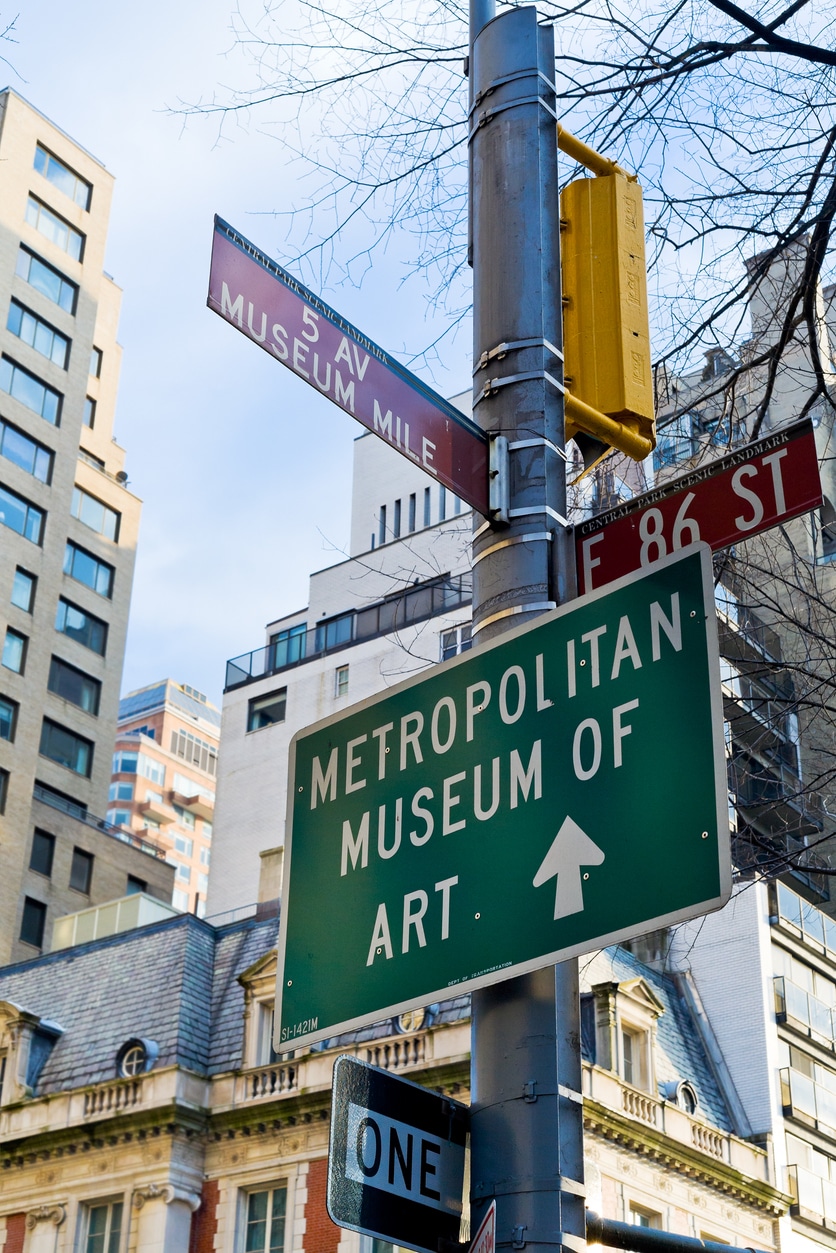
7. There are endless things to do in Manhattan as a local
Living in Manhattan means the city is your playground. You don’t need a plan. You just need to step outside. Here are some of the best things to do in Manhattan when you live here and aren’t just visiting.
Visit The Met or MoMA: World-class art, right in your backyard.
Take the kids to the Museum of Natural History: Dinosaurs, space shows, and that giant blue whale.
Walk the High Line or hang in Central Park: City views, art, and nature, no admission needed.
Catch Shakespeare in the Park or ice skate at Bryant Park: Summer theater or winter skating — pick your season.
Grab late-night dumplings or see a show on the LES: Manhattan’s nightlife doesn’t sleep.
Find the garden at St. Luke in the Fields or whisper at Grand Central: Quiet corners and hidden gems for city insiders.
There’s no shortage of things to do in Manhattan. The hard part isn’t finding something fun. It’s narrowing it down.
Pros and Cons of Living in Manhattan
Like any big move, living in Manhattan comes with trade-offs. The pace is fast, the prices are high, but the access, energy, and opportunity are unmatched.
Pros
Access to top jobs across finance, tech, media, and healthcare
World-class museums, parks, and entertainment
Walkable neighborhoods with excellent public transit
Endless dining, nightlife, and cultural experiences
Iconic scenery and nonstop energy
High average salaries and strong career growth
Unique Manhattan neighborhoods to suit every lifestyle
Cons
High cost of living, especially for rent and dining
Intense competition for jobs and housing
Noise, crowds, and limited personal space
Tough winters and humid summers
If you're ready for the pace and price, moving to Manhattan offers a lifestyle you won't find anywhere else.
Ready to Trade Space for Skyline?
Living in Manhattan means swapping a little personal space for a whole lot of possibility. It’s busy, it’s bold, and it’s not for everyone. But if you’re drawn to the energy, culture, and career opportunities, there’s no better place to be.
If the idea of walkable neighborhoods, world-class museums, big job opportunities, and unforgettable nights outweighs the crowds and high costs, moving to Manhattan might just be your next great move. When you're ready to make it happen, let Colonial Van Lines handle the hard part. With over 50 years of experience as long-distance movers, we’ll get your belongings to your new home safely and efficiently. Start with a free quote and take the first step toward your new life in the city.

